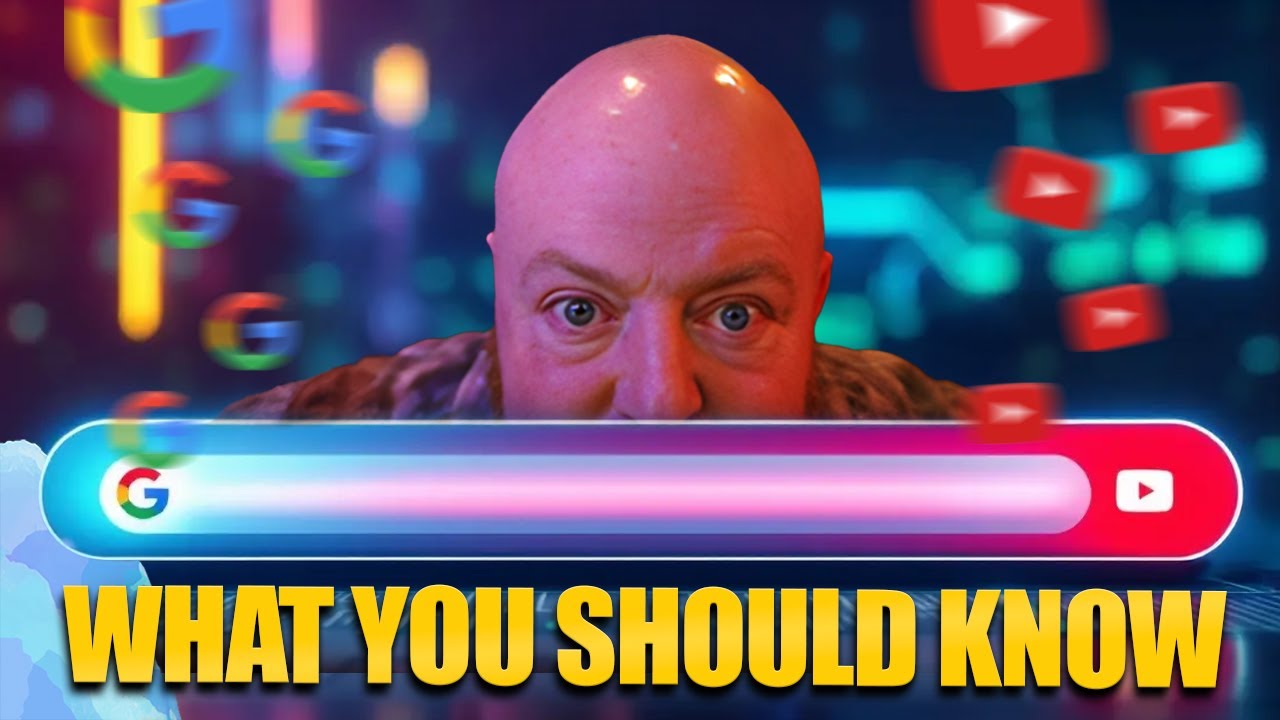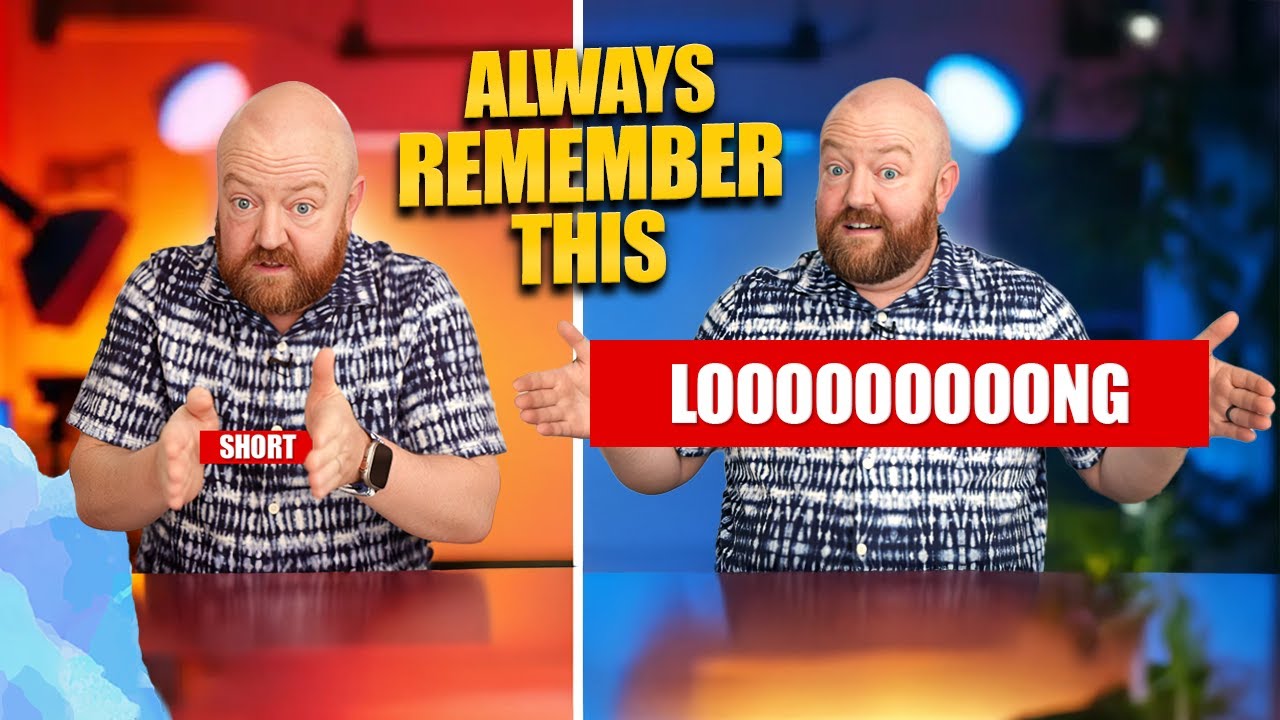SEO, or Search Engine Optimisation, is crucial for getting your YouTube videos to rank and be seen. But here’s the thing: there’s a lot of misinformation out there, and many SEO services and tools you come across are actually ineffective. Some even claim results that are simply too good to be true. In this article, I’m going to cut through the clutter and show you exactly how to improve your YouTube SEO, avoiding common pitfalls and ensuring your content gets the visibility it deserves.
Understanding SEO: A Shift in Perspective
Let’s start by redefining what SEO means in the current landscape. The way people approach SEO has evolved. Traditionally, SEO was about optimising websites to rank on Google by creating backlinks and using keyword-stuffed content. However, YouTube is not a search engine for websites—it’s a content-based search engine.
Old-school SEO often relied on finding tricks or loopholes to manipulate search engines into ranking websites. This included tactics like spamming links and trying to artificially boost authority. But that approach no longer works. Google and YouTube have become incredibly advanced in detecting and dismissing these tactics. Today, the best way to rank your videos is by creating great content that answers what people are searching for.
Instead of trying to outsmart the system, the focus should be on aligning your content with what search engines want—relevant, high-quality, and useful content.
What Really Works in YouTube SEO Today?
The key to effective YouTube SEO is simple: create content that people are actively searching for. This is how modern SEO works. If you can produce high-quality videos that answer specific search queries, YouTube will reward you by placing your videos at the top of the search results.
You’ve probably heard about various SEO tools that claim to help you boost your rankings. Many of these tools are flawed. They provide scores and metrics that don’t really give you an accurate picture of what’s actually working. In fact, attempting to game the system by stuffing keywords and generating backlinks can do more harm than good. Today’s search engines have become far too sophisticated for those tactics to succeed.
Finding the Right Keywords
One of the most powerful strategies for ranking on YouTube is identifying low-competition, long-tail keywords. These are specific search queries that are highly relevant to your content but not as commonly searched. The more specific and detailed a question is, the less competition you’ll face—and the easier it will be to rank for it. This is your low-hanging fruit.
For example, instead of targeting a broad keyword like “business credit,” you could target something more specific like “how to get business credit with poor personal credit.” This allows you to target a niche audience with much less competition.
Let’s take a look at some examples of successful rankings:
- How to get business credit with poor personal credit – Noelle Randall ranks at the top.
- Buying vacant land in Florida – Brent Bowers ranks at the top.
- Are fixed indexed annuities a good investment? – Stan the Annuity Man ranks at the top.
- What is the role of a superintendent in construction? – Jason Schroeder ranks at the top.
- How to start a retreat business – Michelle Villalobos ranks at the top.
- How to change the tone of your singing voice – Jason Hewlett ranks at the top.
- Can I hire someone to help me write a book? – Dan Good ranks at the top.
By choosing these long-tail keywords and focusing on topics where you can stand out, you significantly increase your chances of ranking.
The Truth About SEO Scoring Tools
While tools like TubeBuddy claim to help you evaluate the competition for your chosen keywords, these tools often provide misleading information. For example, if you type in a query like “how to discipline a child that lies and steals,” you might see a high competition score, suggesting that only YouTubers with a large following can rank for that term.
But let me show you how this isn’t necessarily true. Take the case of Nicholeen Peck, who ranks at the top for this exact search phrase. Despite only having about 60,000 subscribers, her video sits at the top, even though TubeBuddy gives the competition a score of 50%. Nicholeen’s video has gained 821 views in the past week, proving that SEO success isn’t just about follower count—it’s about content relevance and quality.
The Strategy You Need to Implement
To achieve similar results, I’ve developed a strategy called the LEAF Strategy. This method will guide you in creating videos that not only rank well but also resonate with your target audience. I highly recommend checking out my full video on YouTube called “YouTube SEO: The LEAF Strategy” for a deeper dive into this game-changing approach.
In conclusion, forget about outdated SEO tricks and focus on creating videos that answer the questions your audience is asking. With the right strategy, you’ll start seeing your videos climb to the top of YouTube search results. Ready to dive deeper? I can’t wait to see you implement these strategies and unlock your potential.





